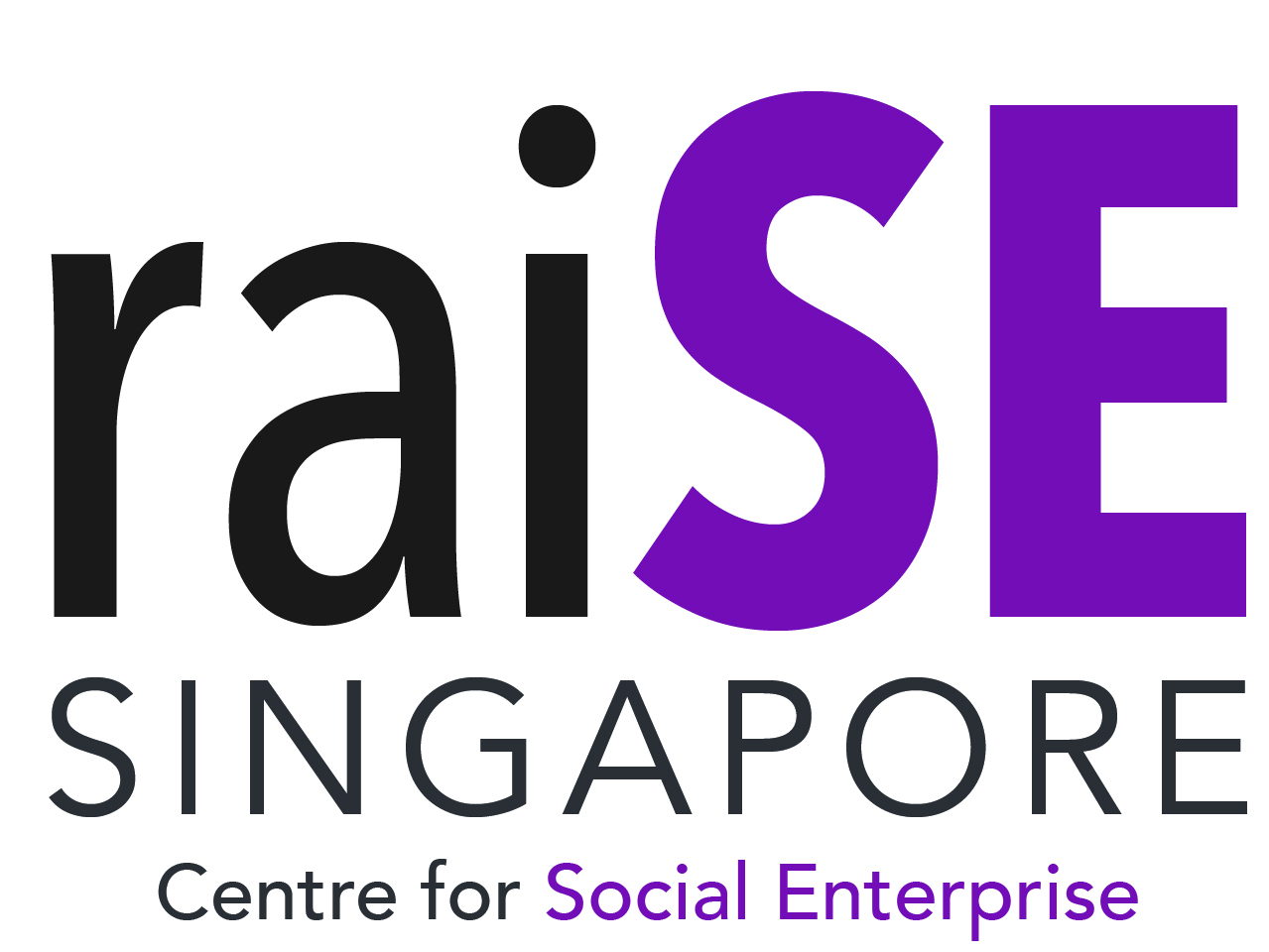Cross-Cultural Communication in a Diverse Workplace

Workplace diversity comes with the globalization of businesses and corporations. Diversity in the workplace is inevitable as it has become prevalent in remote work that is not bound by geographic location.
Having a diverse workforce comprising of different nationalities, ethnicities, ages, gender, beliefs, religion, and social background enriches the working experience in any company. However, it is important to acknowledge that having a diverse talent pool also entails the intermingling of cultures, which may lead to cross-culture communication challenges.
Below are some factors that must be considered to ensure better communication in a diverse workplace.
The right way
We tend to think that the way we behave, and act is the right way, however, what we forget to notice is that every culture and every individual has their own “right way”. Therefore, instead of taking offense if someone is not acting according to your rules and expectations, be more tolerant and flexible about the standards you set for others.
Language barrier
Although English is the official language in many offices, it is a second language for most of its workers. Miscommunication can occur as second language speakers may not be completely proficient in English or understand the nuances of native speakers of English. On the other hand, native speakers have to be more understanding and accommodate second language speakers whenever they make any mistakes and ask for clarification whenever they are confused.
Non-verbal misinterpretation
Our body language and other non-verbal cues play an important role in communication. However, our non-verbal behavior is highly affected by our cultures, like the nodding of the head, it may mean yes to you but in some cultures, it means no. So, it is best to ask questions for clarification.
Stereotypes and prejudice
We have all grown up learning the stereotypes about different cultures and in some parts of our brains, those stereotypes have become engraved and hard to shake off. We can avoid stereotyping others by examining stereotypes associated with our own culture and seeing how much of these match our personalities. Remember that if you are not an archetypical model of your culture, neither are your colleagues. Avoiding stereotypes and prejudices can help ensure healthy workplace communication.
Being sensitive and respectful of others’ cultures is not only essential for effective communication at the workplace but also in real life. Kindness to our fellow human beings makes us better individuals.














































































































